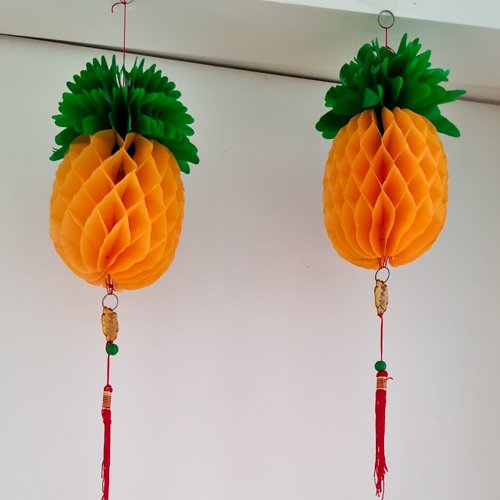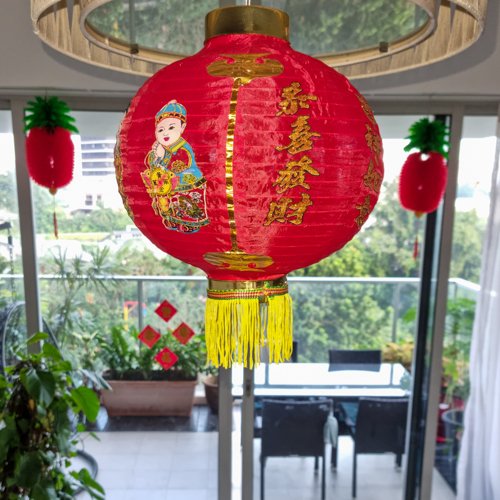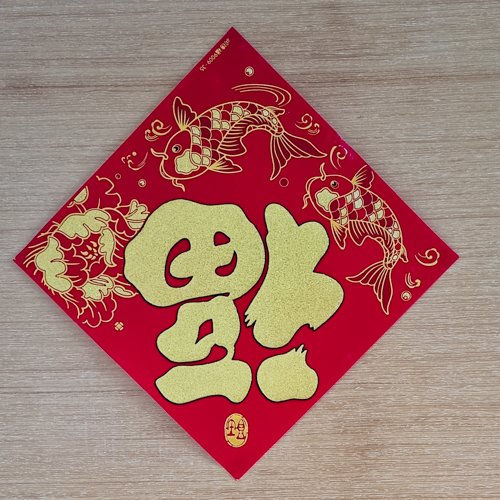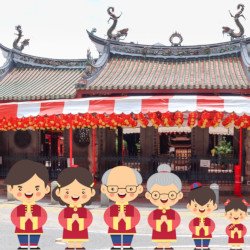Chinese New Year, also called Spring Festival and Lunar New Year can be traced back to ancient China. The exact date varies between the end of January and the end of February because the Chinese follow a lunar calendar. Here are some Singapore Chinese New Year celebrations and activities to discover Chinese culture and have fun together with your kids.

Singapore Chinese New Year celebrations and activities with children
Singapore Chinese New Year celebrations lasts for 15 days and notably:
- on day 1, you can enjoy the fireworks.
- on day 5, you will see the largest number of lion dances. Find a list for 2023, here.
- on day 6, people can throw their garbage… Indeed, during the first 5 days, the Chinese believe you should keep everything so as not to lose luck, happiness, and fortune.
- on day 7, eat noodles, a symbol of longevity.
- on day 9, go to the temple to celebrate the birthday of the jade emperor. Thian Hock Keng Temple will be very busy. Visit Chinatown with KiddoTrip to discover the temple.
- on day 15, go out at night with your lantern and contemplate the full moon to celebrate the festival of light. People eat 元宵 yuánxiāo, a kind of round and sweet dumpling.
More details on each day in this article from Ling Long.
During those 15 days, you should also give the “red envelope” (Hong Bao in Mandarin, Lai See in Cantonese, and Ang Pow in Hokkien). The Hong Bao are a Chinese tradition in which money is given in a red envelope, as a symbol of good luck and prosperity, mainly by older relatives or family members to children and unmarried adults, but also to employees and for services you frequently use or go to (condo staff, school bus driver, teachers…).
There are many activities organized for Singapore Chinese New Year celebrations. Some of our favorites are:
- the River Hong Bao to admire the beautiful lanterns.
- the Chingay parade to see beautiful dances and costumes
- events at Sun Yat Sen Nanyang Memorial Hall for hands-on activities
Chinese New Year decorations to do with your kids
Before Chinese New Year, you should decorate your house.
Red and golden decorations: The color red (and the fireworks) will scar away the evil monster 年 Nián that comes every Chinese New Year, according to Chinese legend. The color golden symbolizes gold and brings prosperity and fortune to the house.

Pineapples: The Hokkiens also consider certain fruits auspicious, and they are particularly fond of pineapple, “Ong Lai” in the Hokkien dialect, which means “fortune comes”.

Lanterns: In all Chinese festivals and temples, you will find lanterns to scare the daemons.

The symbol of happiness 福 upside down: A diamond-shaped piece of paper with the character 福 (Fu), meaning luck and happiness hangs on a doorway. It is deliberate upside down so as to represent the prosperity “arriving” onto the homeowner.
Fish: 鱼 “Yu” in Mandarin is a homophone for abundance, so it is a sign of prosperity.

Kumquat trees: Everywhere in Singapore, you will see kumquat trees during the Chinese New Year holidays. It symbolizes a wish for both wealth (with the yellow color) and good luck (the name in Mandarin sounds like 吉 luck).
Here are some easy decorations you can do at home with your kids:
Follow us on Instagram for more activities to do with your kids.
Visit Chinatown
To understand better Chinese New Year celebrations, take a self-guided tour in Chinatown with KiddoTrip. Adults will listen to an audio guide while the children do an activity book. It is a great activity to learn and have fun together.
Chinatown

 1h30
1h30  1 km
1 km